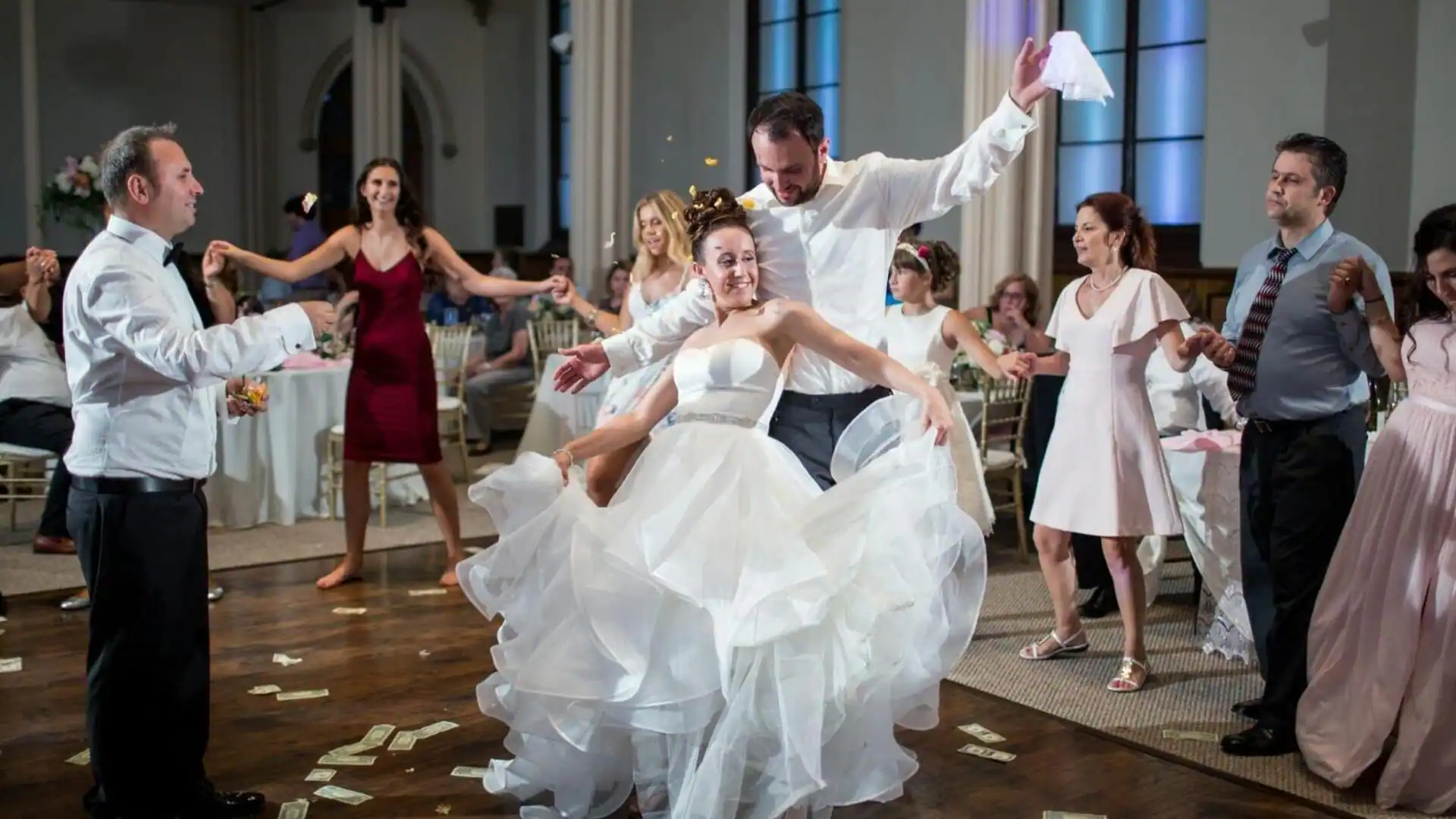By Anujj Trehaan
Copyright newsbytesapp

The Greek wedding flag dance is a colorful tradition that spices up wedding festivities. The cultural practice uses flags, which are waved and twirled in tune with folk music. Not only is the dance entertaining, but it’s also an embodiment of unity and fun between participants. Knowing the nuances of this tradition helps you understand its importance in Greek culture and how it livens up weddings. The source of the Greek wedding flag dance goes back to ancient times when flags were involved in different ceremonies to mark a win and celebration. Gradually, this evolved into weddings to pay homage to both families uniting. The flags usually have symbols or colors representing family heritage, making every performance personal. In Greek weddings, flags aren’t just for decoration, they are laden with deep symbolic meanings. Each color or emblem on a flag can denote different aspects like love, prosperity, or protection for the newlyweds. Waving them during the dance means blessings are being showered upon the couple by their community. Traditional Greek music is an inseparable part of setting the mood for the flag dance. The peppy beats direct the dancers as they twirl and sway with finesse, raising their flags high. Bouzoukis and tambourines establish a vibe of enthusiasm, pushing guests to participate in this celebratory affair. One unique aspect of this tradition is that it brings people together through participation, rather than mere observation. Guests are often invited onto floors where they can wave smaller versions along with performers, creating an inclusive environment fostering camaraderie among attendees, regardless if they’re familiar with customs beforehand or not, making everyone feel part of the celebration itself without any prior knowledge required beforehand!



